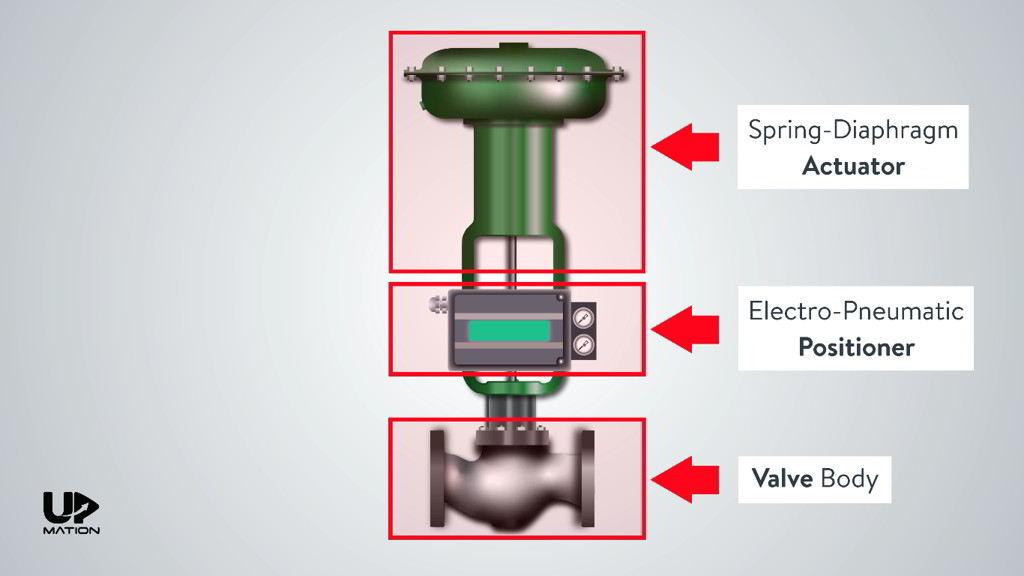
Maximize Energy Financial Savings and Comfort With Advanced Building Automation Controls
In the world of modern design and center management, the integration of innovative building automation regulates stands as a critical improvement. By harnessing the power of automation, structures can adapt, react, and progress in means that were once inconceivable.
Energy Effectiveness Conveniences
Energy efficiency benefits can considerably minimize power usage and operational prices in buildings. Energy-efficient systems, such as sophisticated building automation controls, can maximize the use of resources like cooling, lighting, and heating, leading to lower power costs over time.
Furthermore, improved energy performance can extend the lifespan of structure equipment and systems. By running extra successfully, HVAC systems, lighting fixture, and other building components experience less deterioration, resulting in reduced maintenance and replacement prices. In addition, energy-efficient structures commonly regulate greater residential property values and rental rates, providing long-lasting monetary benefits to owners.
Furthermore, power effectiveness can boost owner comfort and performance. Effectively managed interior atmospheres with optimum lighting and thermal problems develop a more positive and conducive office, causing improved employee contentment and performance. On the whole, the energy efficiency benefits linked with sophisticated structure automation controls are multifaceted, incorporating expense savings, ecological stewardship, and occupant well-being.
Boosted Comfort Control
Enhancing convenience control in building settings calls for an innovative assimilation of sophisticated automation systems for optimal owner health. By making use of advanced structure automation controls, facilities can tailor the interior atmosphere to meet the details requirements and choices of owners. control valves.
Boosted convenience control exceeds standard temperature level adjustments. It consists of functions such as individualized settings, tenancy sensors, and natural light usage to produce a dynamic and receptive setting. By incorporating these sophisticated controls, buildings can not just enhance convenience but additionally improve power efficiency by enhancing system operations based on real occupancy and use patterns. Ultimately, focusing on passenger comfort with advanced automation systems brings about a more enjoyable and much healthier interior atmosphere.
Operational Effectiveness Improvements

Moreover, the application of real-time monitoring and analytics tools makes it possible for building drivers to identify energy inefficiencies and functional anomalies promptly. By continually keeping an eye on energy usage patterns and system efficiency metrics, adjustments can be made in real-time to maximize energy consumption and make sure peak operational effectiveness. control valves. In addition, including need reaction approaches into structure automation controls can even more boost operational performance by dynamically adjusting power use based on grid problems and pricing signals
Indoor Climate Optimization
Reliable interior environment optimization is an essential facet of building automation controls, guaranteeing passengers' convenience and health while making best use of energy cost savings. By using innovative sensors and controls, developing automation systems can continually check and readjust temperature, moisture levels, air high quality, and air flow to create an optimal indoor atmosphere. Preserving comfortable and consistent conditions not just enhances owner contentment however additionally boosts performance and overall wellness.
Indoor environment optimization additionally plays an important function in energy performance. By fine-tuning air flow, air conditioning, and home heating systems based on real-time information and tenancy patterns, building automation controls can considerably minimize energy consumption - control valves. Implementing methods such as demand-controlled ventilation and thermal zoning can aid minimize power waste while making certain that each location of the structure gets the necessary conditioning.

Sustainable Environment Creation
Building automation manages not resource only optimize interior environment conditions for energy performance and passenger comfort but also lay the structure for producing a sustainable setting through critical administration of sources and systems. By incorporating advanced building automation technologies, such as sensing units, actuators, and smart software application, facilities can check and change power usage in real-time to decrease waste and minimize their carbon footprint. These systems make it possible for predictive maintenance, determining potential concerns before they rise and enhancing equipment efficiency to enhance long life and efficiency.
In addition, sustainable environment development extends beyond power administration to incorporate water conservation, waste decrease, and indoor air top quality enhancement. Structure automation controls can control water usage, identify leaks, and ensure appropriate garbage disposal methods, adding to overall sustainability initiatives. Additionally, by regulating and monitoring ventilation and purification systems, these technologies improve occupant health and wellness and performance Learn More while decreasing power consumption related to HVAC procedures.
Conclusion
Finally, advanced building automation regulates deal significant benefits in terms of power financial savings, comfort control, operational effectiveness, interior environment optimization, and developing a lasting environment. By executing these controls, buildings can accomplish optimum efficiency while lowering energy consumption and improving resident convenience. It appears that making use of advanced automation technology is important in improving structure efficiency and developing an extra sustainable future.
Power efficiency benefits can dramatically reduce energy consumption and operational prices in buildings. Overall, the power performance advantages linked with innovative structure automation controls are view website diverse, including expense savings, environmental stewardship, and occupant well-being.
Furthermore, incorporating need feedback methods into building automation controls can better improve operational performance by dynamically changing energy use based on grid conditions and pricing signals.
Structure automation controls not just enhance interior environment conditions for power effectiveness and occupant convenience but additionally lay the foundation for developing a sustainable environment with strategic monitoring of resources and systems.In final thought, advanced structure automation controls deal considerable advantages in terms of power savings, convenience control, operational performance, indoor environment optimization, and creating a lasting setting.